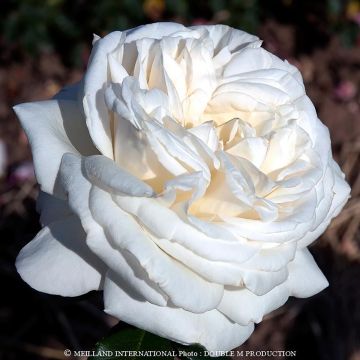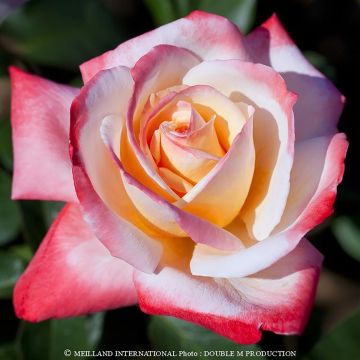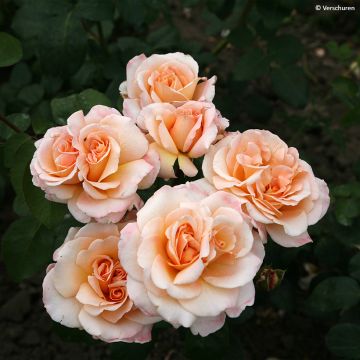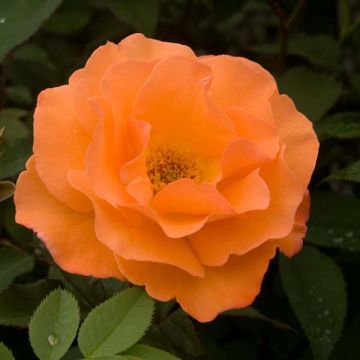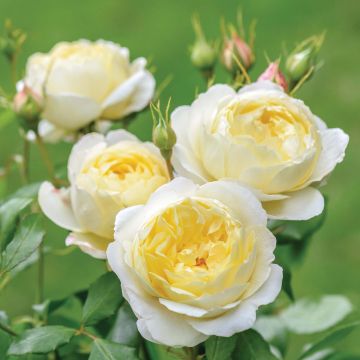Shipping country and language
Your country of residence may be:
Your country of residence is:
For a better user experience on our website, you can select:
Your shipping country:
-
Andorra
-
Austria
-
Belgium
-
Bulgaria
-
Canada
-
Chile
-
Croatia
-
Cyprus
-
Czechia
-
Denmark
-
Estonia
-
Finland
-
France
-
Germany
-
Greece
-
Hungary
-
Iceland
-
Ireland
-
Italy
-
Latvia
-
Lithuania
-
Luxembourg
-
Malta
-
Monaco
-
Netherlands
-
Poland
-
Portugal
-
Romania
-
Slovakia
-
Slovenia
-
Spain
-
Sweden
-
Switzerland
-
United Kingdom
We only deliver seed and bulb products to your country. If you add other products to your basket, they cannot be shipped.
Language:
-
French
-
German
-
Spanish
-
English
-
Italian
My Account
Hello
My wish lists
Log in / Register
Existing customer?
New customer?
Create an account to track your orders, access our customer service and, if you wish, make the most of our upcoming offers.


Rosa Mokarosa Frywitty


Rosa Mokarosa Frywitty
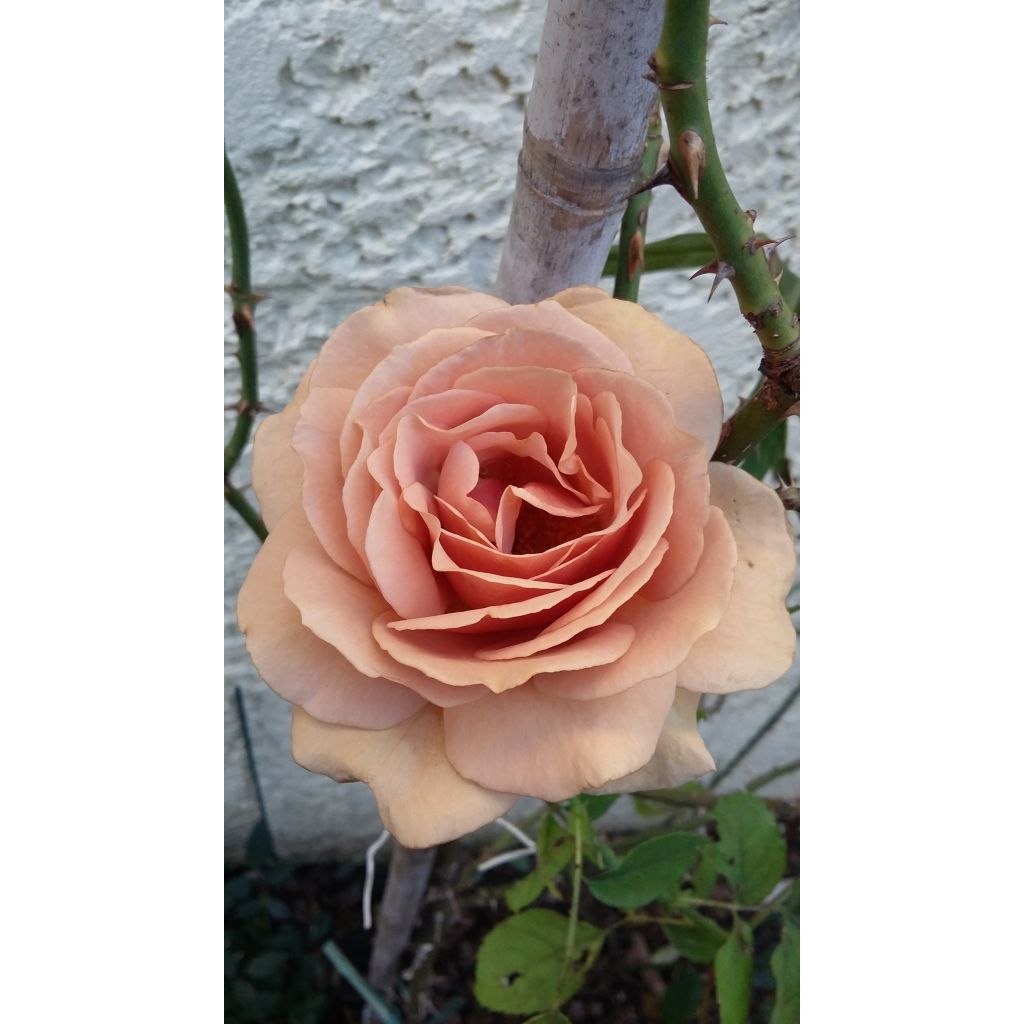

Rosa Mokarosa Frywitty
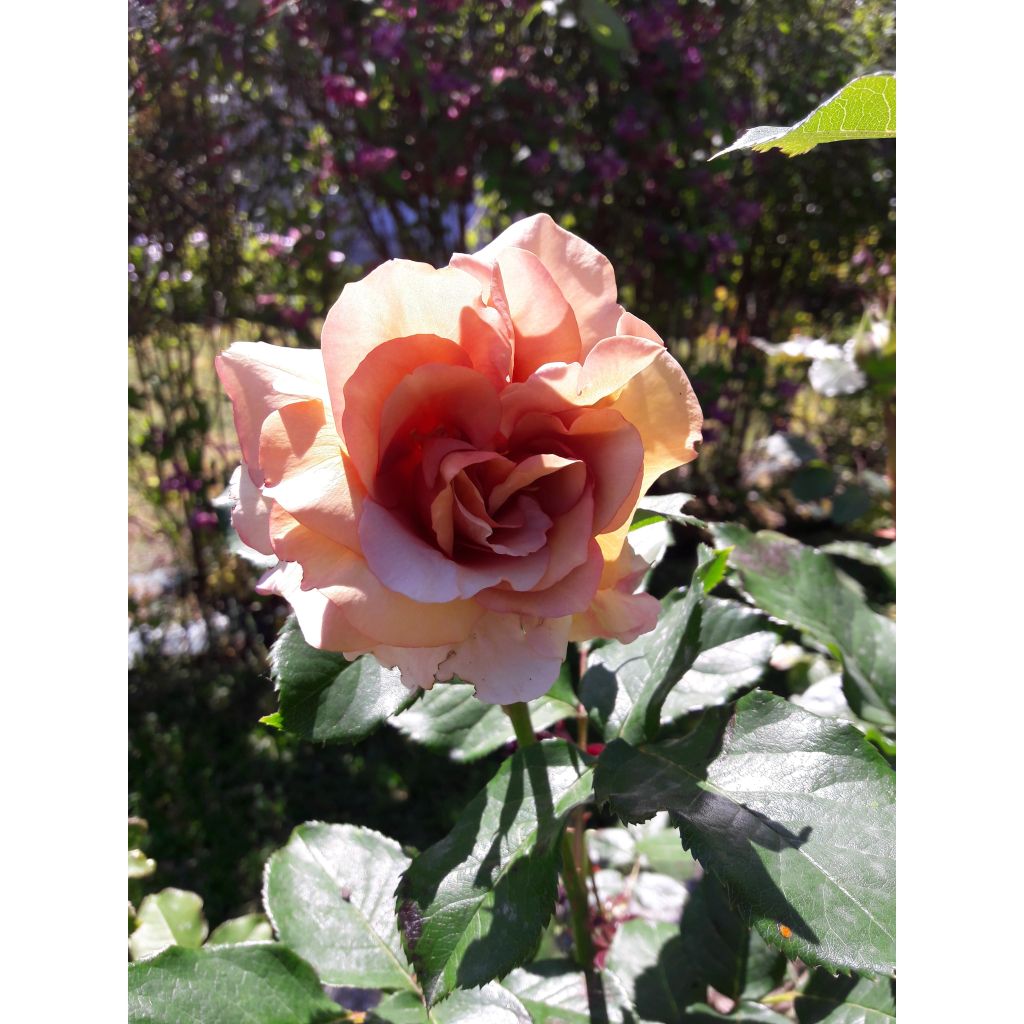

Rosa Mokarosa Frywitty
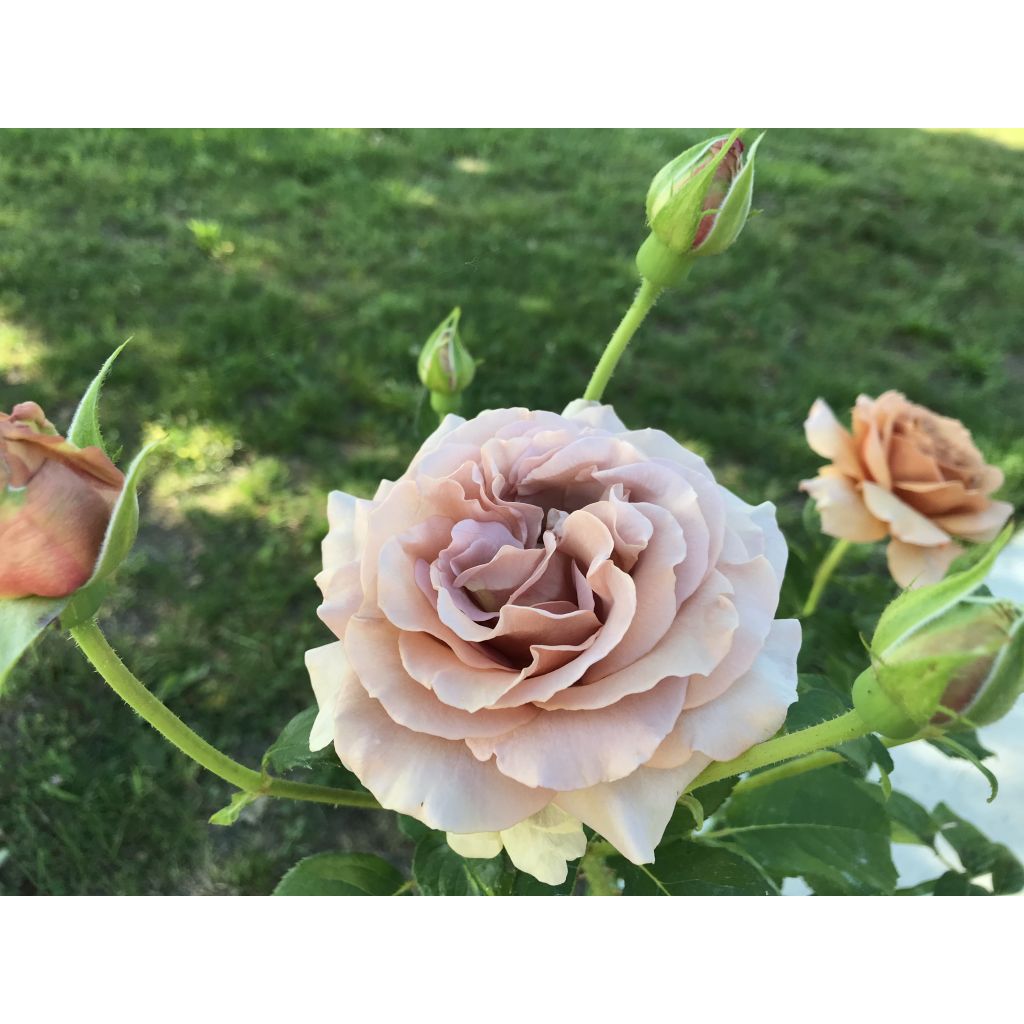

Rosa Mokarosa Frywitty
Rosa Mokarosa Frywitty
Rosa Mokarosa ® Frywitty
Rose
My rose bush is having a lot of trouble growing. It is sick, it is losing its leaves, I pruned the blackened branches and it is not getting any better. What can I do to save it? Thank you for your help." Revision: "My rose bush is struggling to grow. It is diseased, it is losing its leaves, I pruned the blackened branches, but it hasn't improved. What can I do to save it? Thank you for your help.
Joelle, 20/06/2022
Why not try an alternative variety in stock?
View all →Order in the next for dispatch today!
Dispatch by letter from €3.90.
Delivery charge from €5.90 Oversize package delivery charge from €6.90.
Current delivery delay: 2 days.
More information
This item is not available in your country.
Schedule delivery date,
and select date in basket
This plant carries a 24 months recovery warranty
More information
We guarantee the quality of our plants for a full growing cycle, and will replace at our expense any plant that fails to recover under normal climatic and planting conditions.
From €5.90 for pickup delivery and €6.90 for home delivery
Express home delivery from €8.90.
From €5.90 for pickup delivery and €6.90 for home delivery
Express home delivery from €8.90.

Does this plant fit my garden?
Set up your Plantfit profile →
Description
The 'Mokarosa' Rose ('Frywitty') is a modern floribunda with an exceptional, completely unprecedented colour. As unusual as they are beautiful, its perfectly formed roses open in salmon-pink, then gradually turn to a very soft creamy coffee colour shaded with pink around a mocha heart, forming a tender bouquet with wildly nostalgic tones on this small bush. Their scent is subtle but perceptible. In addition to this surprising perpetual flowering, 'Mokarosa' adds good health, allowing its dark foliage to remain attractive throughout the season. A handful of these flowers in a vase is a true adornment for the home. Pair them with white, cream, orange-pink, or even mauve roses!
'Mokarosa' or 'Frywitty' is a modern bush rose with large grouped flowers introduced by British rose breeder Fryer in 2014. This variety forms an upright bush, reaching about 70 cm (28in) in height and 50-60 cm (20-24in) in spread. It produces strong, spiny green branches that bear abundant, ample, healthy foliage of a fairly deep green with a satin finish. Throughout the summer, if faded flowers are removed, the plant produces successive waves of large, pointed buds in an antique pink colour that open into very beautiful double flowers measuring 9 cm (4in) in diameter, with a deep cup shape and a charmingly turbinate form opening to a tightly packed heart, typical of hybrid teas. They are composed of semi-shaded petals, evolving from antique pink to very light coffee with beige and sepia nuances, gold and bronze, gracefully bordered. Their fragrance, quite light, is pleasantly fruity. They are grouped in clusters of 3 to 5 and carried at the ends of long canes from the current year or emerging on 2-year-old stems.
This 'Mokarosa' rose offers absolutely wonderful flowers for homemade bouquets. With its subtly retro charm, it deserves a place not far from the house. The colour of its flowers, precious and devilishly romantic, deserves a graceful setting, both in the garden and in a vase. It will blend well with all colours ranging from white to chocolate, or even the near black of the 'Black Baccara' rose. To add some life to this ensemble, you can add flowers in salmon tones ('Danae' rose, 'Martin des Senteurs'), antique pink ('Acropolis'), dark purple ('Robert le Diable'), or even mauve ('Love Song', 'Sissi', 'Mamy Blue', 'Waltz Time'). It will find its place in the garden of any flower lover, whether they are a beginner or an experienced gardener. Some light-flowering perennial plants (autumn asters, foxgloves, penstemons), as well as grasses, lavenders, and nepetas, are ideal for enhancing its beauty. Other simple and easy-to-grow plants like Geranium 'Rozanne', Geranium 'Pink Cloud', Nepeta 'Walker's Low', and campanulas will accompany it for much of the beautiful season. It will look good in groups of 3 surrounded by silver foliage, as well as in a large pot on your terrace or balcony.
Report an error about the product description
Rosa Mokarosa Frywitty in pictures


Plant habit
Flowering
Foliage
Botanical data
Rosa
Mokarosa ® Frywitty
Rosaceae
Rose
Cultivar or hybrid
Rosa canina Laxa (Wrapped bare root), Rosa multiflora (4L/5L pot)
Other Large-flower tea Roses
Planting and care
Plant your 'Mokarosa' in a sunny or lightly shaded position. Modern roses are tolerant but do not appreciate excessive limestone. They will adapt to any garden as long as the soil is well worked, not too heavy, and very rich. To plant your rose, work the soil, crumble it well, and put an amendment at the bottom of the planting hole, such as dried blood or dehydrated horn. Water generously after planting to remove any air pockets. Water regularly for a few weeks to facilitate rooting.
Pruning modern perpetual roses is essential for flowering. It is done in three steps:
1. Maintenance pruning: regularly shorten the flowering shoots during the season. To encourage the reblooming of perpetual roses, remove faded flowers along with their stem and 2 or 3 leaves.
2. Preparatory autumn pruning: light pruning that anticipates the real spring pruning. It is not recommended in regions with cold winters to avoid weakening the bush.
3. Spring pruning: in February-March, when the buds have become 2 to 3 cm (1in) long shoots, prune the young strong branches to a quarter of their length.
Pruning always aims to open up the heart of the bush and remove dead wood, diseased branches, and weak shoots. The most vigorous branches, usually 3 to 6 well-positioned branches, should be kept to maintain a beautiful habit. Always prune at a slant, ½ cm or 1 cm (<1in) above an outward-facing bud.
Planting period
Intended location
Care
-
, onOrder confirmed
Reply from on Promesse de fleurs
Roses by purpose
Haven't found what you were looking for?
Hardiness is the lowest winter temperature a plant can endure without suffering serious damage or even dying. However, hardiness is affected by location (a sheltered area, such as a patio), protection (winter cover) and soil type (hardiness is improved by well-drained soil).

Photo Sharing Terms & Conditions
In order to encourage gardeners to interact and share their experiences, Promesse de fleurs offers various media enabling content to be uploaded onto its Site - in particular via the ‘Photo sharing’ module.
The User agrees to refrain from:
- Posting any content that is illegal, prejudicial, insulting, racist, inciteful to hatred, revisionist, contrary to public decency, that infringes on privacy or on the privacy rights of third parties, in particular the publicity rights of persons and goods, intellectual property rights, or the right to privacy.
- Submitting content on behalf of a third party;
- Impersonate the identity of a third party and/or publish any personal information about a third party;
In general, the User undertakes to refrain from any unethical behaviour.
All Content (in particular text, comments, files, images, photos, videos, creative works, etc.), which may be subject to property or intellectual property rights, image or other private rights, shall remain the property of the User, subject to the limited rights granted by the terms of the licence granted by Promesse de fleurs as stated below. Users are at liberty to publish or not to publish such Content on the Site, notably via the ‘Photo Sharing’ facility, and accept that this Content shall be made public and freely accessible, notably on the Internet.
Users further acknowledge, undertake to have ,and guarantee that they hold all necessary rights and permissions to publish such material on the Site, in particular with regard to the legislation in force pertaining to any privacy, property, intellectual property, image, or contractual rights, or rights of any other nature. By publishing such Content on the Site, Users acknowledge accepting full liability as publishers of the Content within the meaning of the law, and grant Promesse de fleurs, free of charge, an inclusive, worldwide licence for the said Content for the entire duration of its publication, including all reproduction, representation, up/downloading, displaying, performing, transmission, and storage rights.
Users also grant permission for their name to be linked to the Content and accept that this link may not always be made available.
By engaging in posting material, Users consent to their Content becoming automatically accessible on the Internet, in particular on other sites and/or blogs and/or web pages of the Promesse de fleurs site, including in particular social pages and the Promesse de fleurs catalogue.
Users may secure the removal of entrusted content free of charge by issuing a simple request via our contact form.
The flowering period indicated on our website applies to countries and regions located in USDA zone 8 (France, the United Kingdom, Ireland, the Netherlands, etc.)
It will vary according to where you live:
- In zones 9 to 10 (Italy, Spain, Greece, etc.), flowering will occur about 2 to 4 weeks earlier.
- In zones 6 to 7 (Germany, Poland, Slovenia, and lower mountainous regions), flowering will be delayed by 2 to 3 weeks.
- In zone 5 (Central Europe, Scandinavia), blooming will be delayed by 3 to 5 weeks.
In temperate climates, pruning of spring-flowering shrubs (forsythia, spireas, etc.) should be done just after flowering.
Pruning of summer-flowering shrubs (Indian Lilac, Perovskia, etc.) can be done in winter or spring.
In cold regions as well as with frost-sensitive plants, avoid pruning too early when severe frosts may still occur.
The planting period indicated on our website applies to countries and regions located in USDA zone 8 (France, United Kingdom, Ireland, Netherlands).
It will vary according to where you live:
- In Mediterranean zones (Marseille, Madrid, Milan, etc.), autumn and winter are the best planting periods.
- In continental zones (Strasbourg, Munich, Vienna, etc.), delay planting by 2 to 3 weeks in spring and bring it forward by 2 to 4 weeks in autumn.
- In mountainous regions (the Alps, Pyrenees, Carpathians, etc.), it is best to plant in late spring (May-June) or late summer (August-September).
The harvesting period indicated on our website applies to countries and regions in USDA zone 8 (France, England, Ireland, the Netherlands).
In colder areas (Scandinavia, Poland, Austria...) fruit and vegetable harvests are likely to be delayed by 3-4 weeks.
In warmer areas (Italy, Spain, Greece, etc.), harvesting will probably take place earlier, depending on weather conditions.
The sowing periods indicated on our website apply to countries and regions within USDA Zone 8 (France, UK, Ireland, Netherlands).
In colder areas (Scandinavia, Poland, Austria...), delay any outdoor sowing by 3-4 weeks, or sow under glass.
In warmer climes (Italy, Spain, Greece, etc.), bring outdoor sowing forward by a few weeks.











